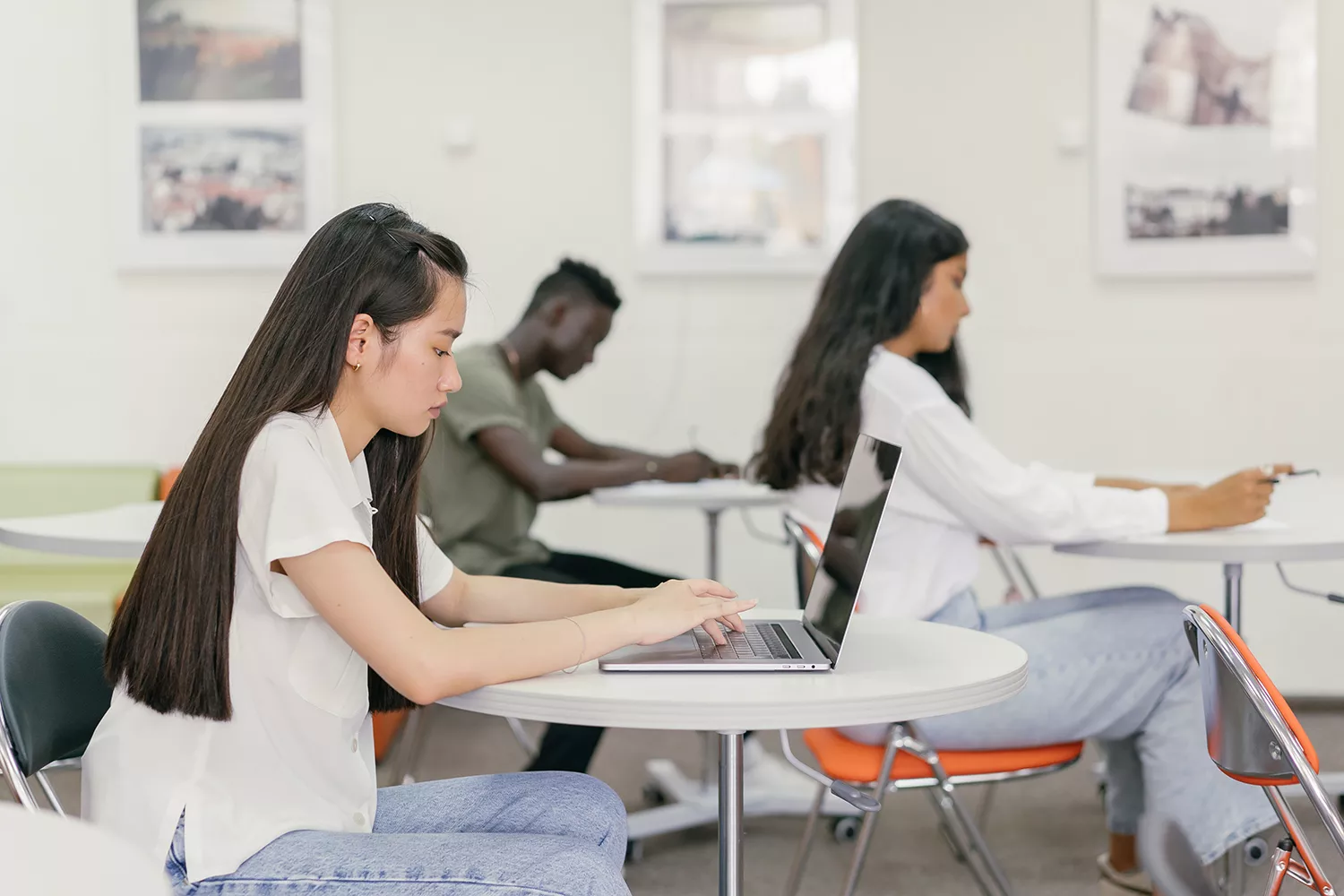- Learning and Development
7 Start of the School Year Trends and Predictions to Watch

As students are welcomed back into classrooms, it’s the time of the year for educators to plan their school year. With the COVID-19 pandemic disrupting and altering the education landscape worldwide over the past few years, it’s important for educators to approach the learning environment with flexibility and openness to change.
Educators may also turn to popular trends in innovative education while planning to help decide how the classroom may look.
Technology continues to have a tremendous impact on education and learning, from the approach to various pedagogical models to the types of learning material used within a classroom. And this doesn’t only apply to remote classroom settings – for face-to-face courses, 68% of learners said they’d like to see increased use of digital materials or resources.
Education is continuously evolving and growing, and this new era will see an increased opportunity for the utilization of technology. Keep reading to discover trends and predictions for the 2022-2023 school year.
7 Start of the School Year Trends and Predictions for 2023
1. Universities are approaching online learning in two ways:
a) Many universities are committed to in-person learning but will continue to invest in online learning tools to complement and enhance face-to-face learning. And to safeguard themselves from the future of higher education.
b) Some universities, especially community colleges, are eager to adopt hybrid and remote-first learning to boost plummeting enrollment and address equity.
2. We will continue to see the consolidation of tech happening in the higher education space
Universities will continue to transition from multiple, distributed EdTech vendors to integrated systems that work seamlessly together and require less faculty/student training to use.
And with teacher turnover at record highs – 55% are considering leaving the profession earlier than planned according to a 2022 survey – technology is more important than ever, aiding in managing the burnout experienced. The consolidation of tech programs can provide a solution for educators who are in need of multiple forms of support and additional time to work with colleagues and build relationships with students.
3. Universities who reject the tech innovations accelerated by the pandemic risk compromising equity
The COVID-19 pandemic highlighted many existing inequalities that existed within the education system, and brought forth the need for inclusive learning environments that are culturally and linguistically responsive.
As a result, institutions are now taking steps to build long-term flexibility into course design and faculty support through digital tools in order to remove barriers – and the universities who aren’t keeping up with this trend risk compromising equity. Digital tools not only enhance the learning experience, they can also provide the foundation for accessible learning. Leveraging both Universal Design for Learning (UDL) and blended learning can create more accessible, inclusive, and equitable learning experiences for all students.
4. Community colleges will continue to boost EdTech innovation
While this trend already existed, it has been accelerated by the pandemic. Many community colleges have already mastered the hybrid format of teaching, with hybrid courses proving to be a natural fit for the schools’ often diverse age demographics.
With EdTech innovation comes the importance of accessibility, and many community colleges are implementing technology to facilitate inclusivity – such as Pikes Peak Community College in Colorado Springs, who are using 360 degree cameras that pivot to focus on the main speaker. Meanwhile El Paso Community College in El Paso, Texas offers physical and cloud-based tech to support students’ online learning – they can borrow Wi-Fi hotspots and laptops for a semester to join classes remotely.
5. The end of the 60-minute lecture is here
The future of the classroom is the flipped classroom model, where students engage in learning prior to class to free up class time for higher-order thinking. And the benefits are clear – 71% of teachers indicated that grades of their students have improved since implementing a flipped classroom strategy.
And even if teachers prefer in-person classes, students will fight for full-virtual or hybrid classes.
6. Businesses may focus more on skills proficiency than degrees
This will be supported by targeted skills-based training in smaller modules that could possibly be stacked with other content later to add up to a full degree. Teaching strategies such as microlearning and gamification will likely see an increase in popularity to support these shorter, highly interactive learning segments.
7. Students expect to have a choice between in-person, hybrid, and online learning
According to a report from educational research body Bay View Analytics, 73% of learners “somewhat” (27%) or “strongly” (46%) agreed they’d like to take some of their courses in a fully-online format in the future. Additionally, for face-to-face courses, 68% of learners said they’d like to see increased use of digital materials or resources.
And with Spring 2022 enrollment estimates showing a decline in enrollment, students will most likely find their needs met.
Want to see how you can use Panopto for your school?
Our team will contact you promptly to answer questions and schedule you for a demonstration and a free trial of our video platform.



